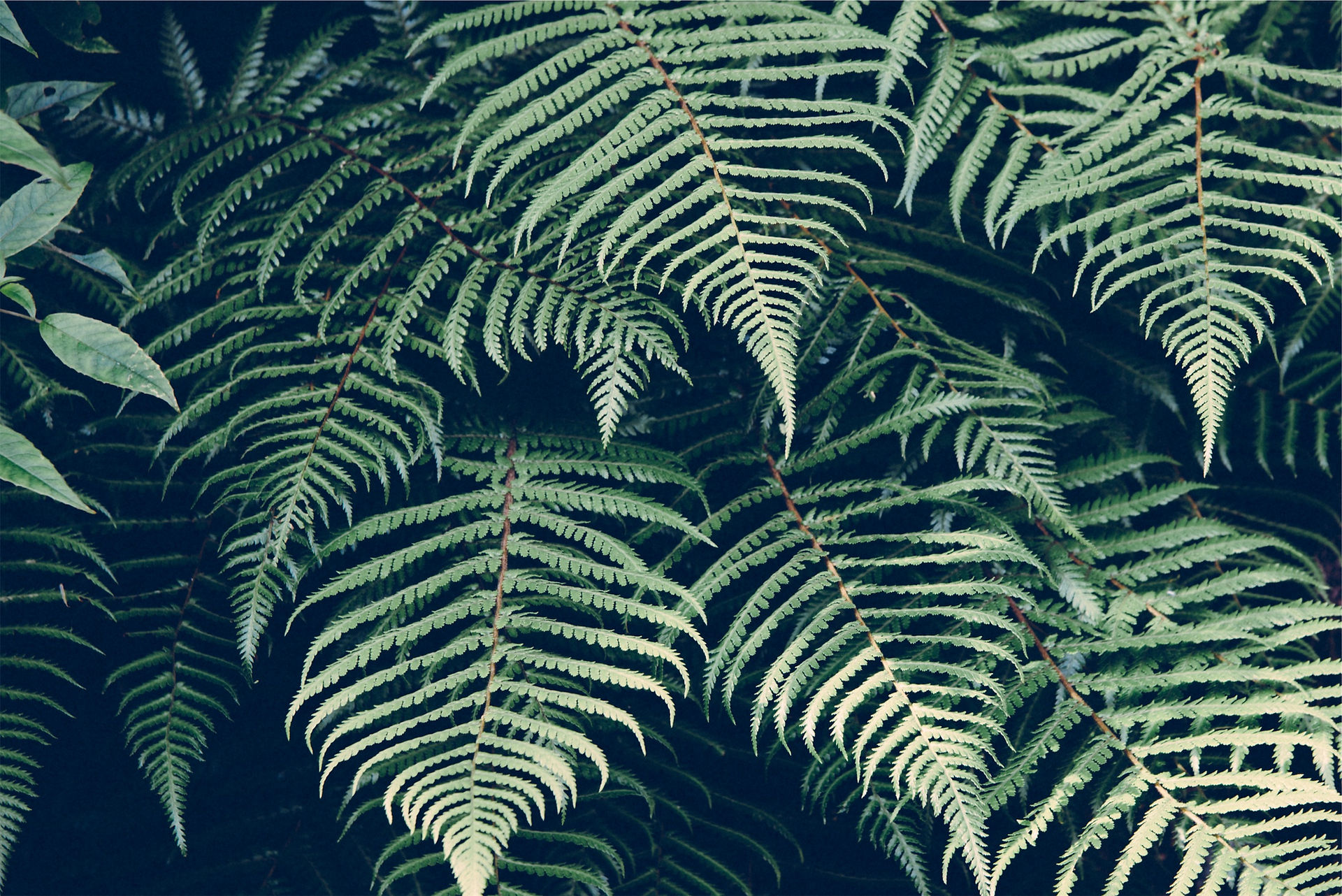#Palynologyforthepeople - No. 1 - Palynology and Climate
- palynologylexingto

- Jul 24, 2020
- 2 min read
Updated: Jul 25, 2020
24 July 2020
It seems like years ago when four of us met on Twitter and decided to turn our desire to share #palynology knowledge during the COVID-19 pandemic into a reality. Can you believe it’s only been two and a half months?! In that short time a lot has happened, most importantly our first “Palynology Short Talks” #PST session!

From left to right: Yoshi Maezumi, Limi Mao, Nichola Strandberg, and Jen O'Keefe.
We were delighted and amazed that 112 of our colleagues from 37 countries worldwide and representing nearly every sub-discipline of palynology joined the Zoom to see the first three #Palynologyforthepeople talks, which centered around a theme of “Palynology and Climate.”


We most especially want to thank and congratulate the speakers, as not only were they the first, but all three gave their talks in their non-native languages – truly outstanding by any measure! For those of you who spoke late at night or early in the morning, I raise my cup to you!


From Left to Right: Jing Wu, Key Laboratory for Cenozoic Geology and the Environment, Chinese Academy of Sciences (http://english.igg.cas.cn/Research_2015/Research_Divisions_2015/CGE/); Shaohua Yu, Guangzhou Marine Geological Survey, China Geological Survey (http://www.gmgs.cgs.gov.cn); and Vitor Gomes , Institute of Geosciences (UFPA) in partnership with the Biodiversity and Ecosystem Services group (ITV-Vale), Federal University of Par (http://www.ig.ufpa.br/index.php/ppgca).
Speaking as the (mostly) deep-time paleoecologist of the group, I’m always amazed at how much I learn from Holocene and Quaternary research. The data-rich talks by Jing Wu, Vitor Gomes, and Shaohua Yu were no exception. From documenting changes to the East Asian Monsoon using a localized study of pollen preserved in Lake Moon to assessing climate change from a big data project examining and modeling tree species distributions in Amazonia, pollen can be an incredibly robust tool. When we take it into the marine realm, we capture not only a snapshot of life on land, but important information about sedimentary provenance and source rocks. It is the little things, though, that I take back to the deep-time fossil record. For example, I’ve started looking back at my own large datasets from the Paleocene Gulf Coast of the USA and really drilling into the variations in Pinus and Quercus pollen distributions – thanks for the idea, Dr. Wu! It is cross-fertilization like this that helps all of us grow as scientists.

Pinus and Quercus pollen
Speaking of growing, we’ve got a month before the next set of talks! Be sure to join us on 18 August 2020 from 14:00 – 16:00 GMT. Our theme is “Human and Vegetation Interactions.” I’m really looking forward to this one given the sheer diversity of research it encompasses. As of this writing, there are still spaces for presentations, so if you have something you'd like to share, please register!
If you happened to miss the first session, don’t forget it can be viewed on YouTube. (https://www.youtube.com/watch?v=zNNiRGSJBIo)
See you all in a few weeks!
- Jen O’Keefe


Comments